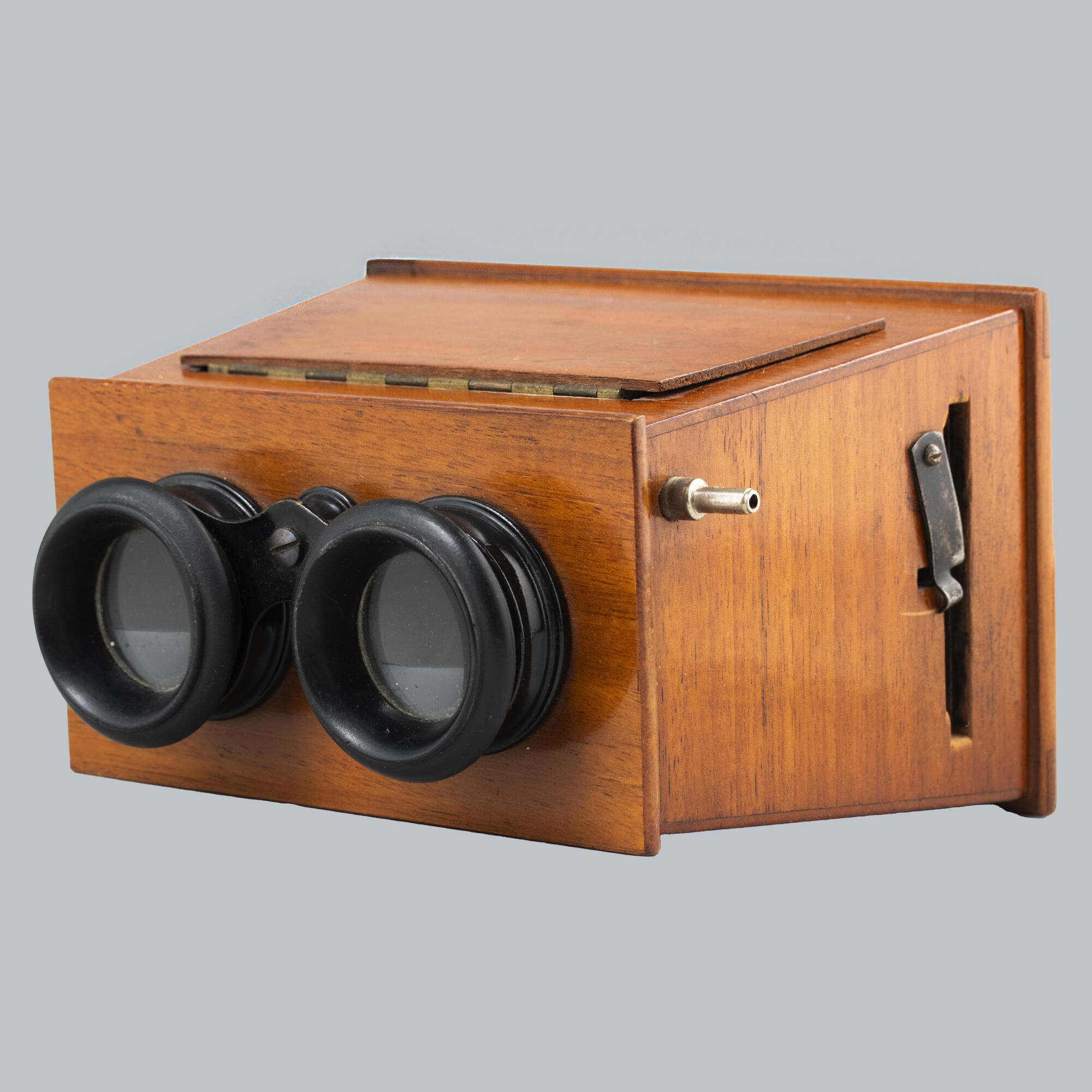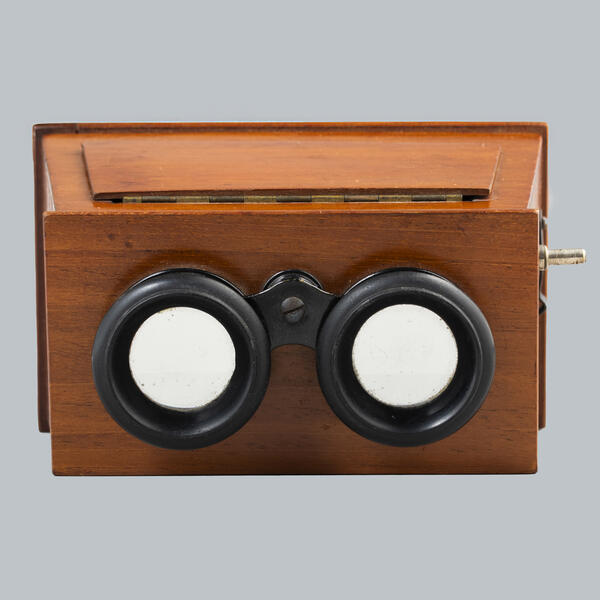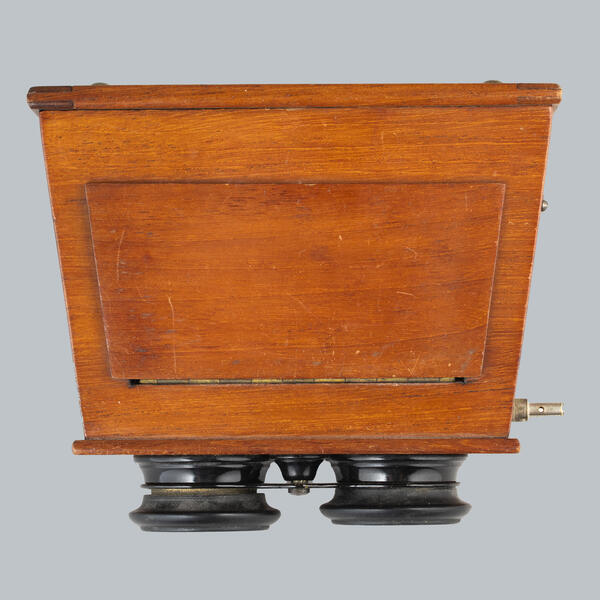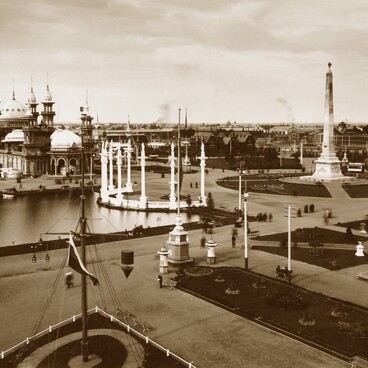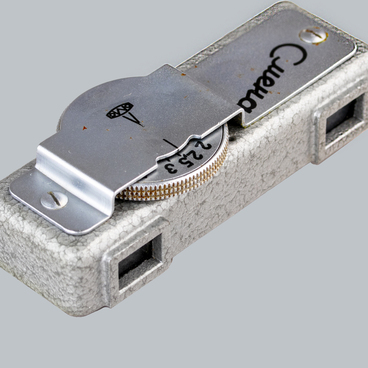Stereoscope is a special optical device for viewing three-dimensional images. The stereoscope mode of operation is based on the binocularity of human vision. Thanks to this, a view shot from two different points seems three-dimensional when looked at through a stereoscope. In 1829, before the advent of photography, the first stereoscope was invented by an Edinburgh mathematics teacher called Mr. Elliot. It was used to view three-dimensional landscapes drawn on a transparent surface.
A stereoscope of a different design was proposed in 1832 by the English physicist Charles Wheatstone. With the help of the device invented by him, it was possible to view stereoscopic pairs of images through mirrors positioned at a 45-degree angle.
In 1849, the Scottish scientist and inventor of the kaleidoscope David Brewster changed the stereoscope’s design, replacing the mirrors with lenses. Combined with the techniques of photography, the device quickly conquered the world.
At the Great Exhibition of 1851 in London, examples of stereo photography were demonstrated to the general public and even to Queen Victoria.
In the early 1860s, the American physician and poet Oliver Holmes invented a streamlined handheld stereoscope, which became the most convenient and popular model in the history of stereo photography.
That same year, the optician Joseph Bates improved the device and launched its mass production. Later on, the stereoscope of this design was dubbed the Holmes-Bates stereoscope. It consisted of a holder, a tube and a stand for a stereoscopic pair, connected by an adjusting rail. The holder could be moved along the rail, making it possible to adjust the image for people with poor eyesight. The lightweight device could be held by a special handle with just one hand.
The rights to the invention were bought by the
American company Underwood& Underwood, which also founded a publishing house
of the same name, specializing in the production of stereo postcards. It
printed over 10 million stereo cards a year. As a rule, they featured views of
exotic countries and distant cities, which were quite impossible for a person
living in the 19th century to get to. At the turn of the 20th century, stereo photography became the most popular means of home
entertainment, and inexpensive stereoscopes were common household items.
